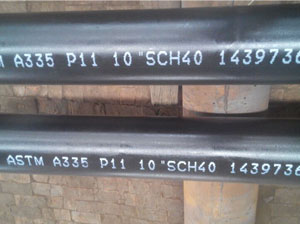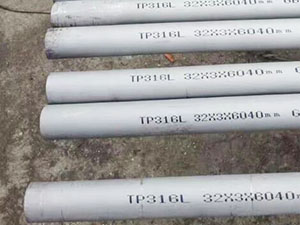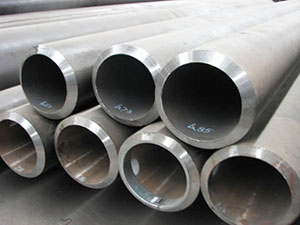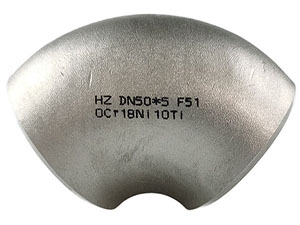Hot Rolled Steel
Hot rolling is a mill process which involves rolling the steel at a high temperature (typically at a temperature over 1700° F), which is above the steel’s recrystallization temperature. When steel is above the recrystallization temperature, it can be shaped and formed easily, and the steel can be made in much larger sizes. Hot rolled steel is typically cheaper than cold rolled steel due to the fact that it is often manufactured without any delays in the process, and therefore the reheating of the steel is not required (as it is with cold rolled). When the steel cools off it will shrink slightly thus giving less control on the size and shape of the finished product when compared to cold rolled.
Uses: Hot rolled products like hot rolled steel bars are used in the welding and construction trades to make railroad tracks and I-beams, for example. Hot rolled steel is used in situations where precise shapes and tolerances are not required.
Cold Rolled Steel
Cold rolled steel is essentially hot rolled steel that has had further processing. The steel is processed further in cold reduction mills, where the material is cooled (at room temperature) followed by annealing and/or tempers rolling. This process will produce steel with closer dimensional tolerances and a wider range of surface finishes. The term Cold Rolled is mistakenly used on all products, when actually the product name refers to the rolling of flat rolled sheet and coil products.
When referring to bar products, the term used is “cold finishing”, which usually consists of cold drawing and/or turning, grinding and polishing. This process results in higher yield points and has four main advantages:
- Cold drawing increases the yield and tensile strengths, often eliminating further costly thermal treatments.
- Turning gets rid of surface imperfections.
- Grinding narrows the original size tolerance range.
- Polishing improves surface finish.
All cold products provide a superior surface finish, and are superior in tolerance, concentricity, and straightness when compared to hot rolled.
Cold finished bars are typically harder to work with than hot rolled due to the increased carbon content. However, this cannot be said about cold rolled sheet and hot rolled sheet. With these two products, the cold rolled product has low carbon content and it is typically annealed, making it softer than hot rolled sheet.





